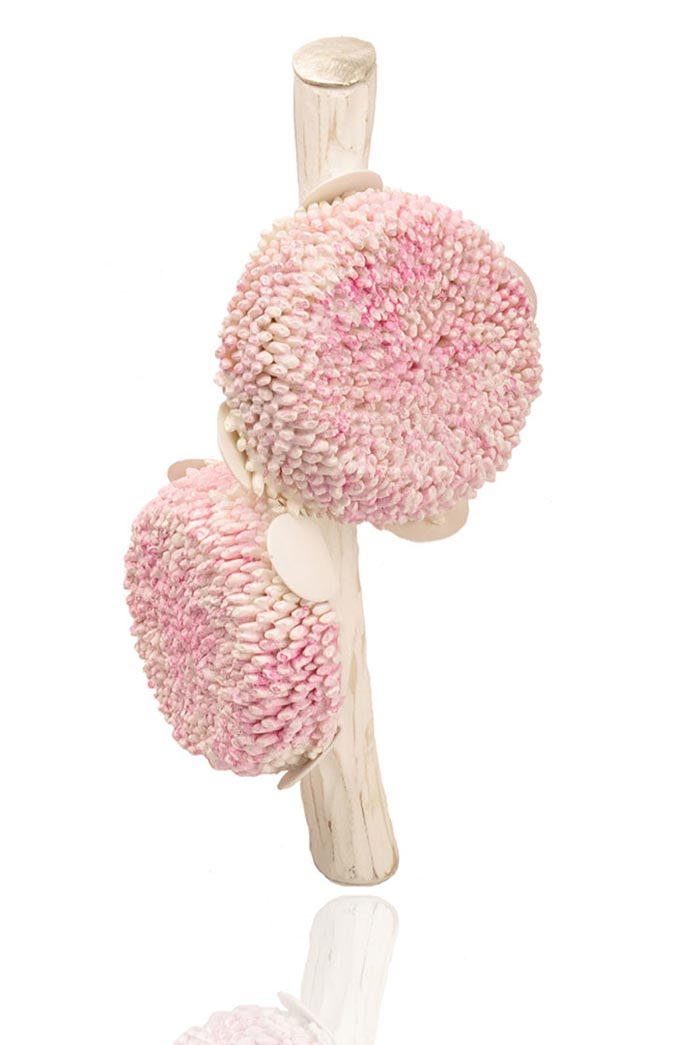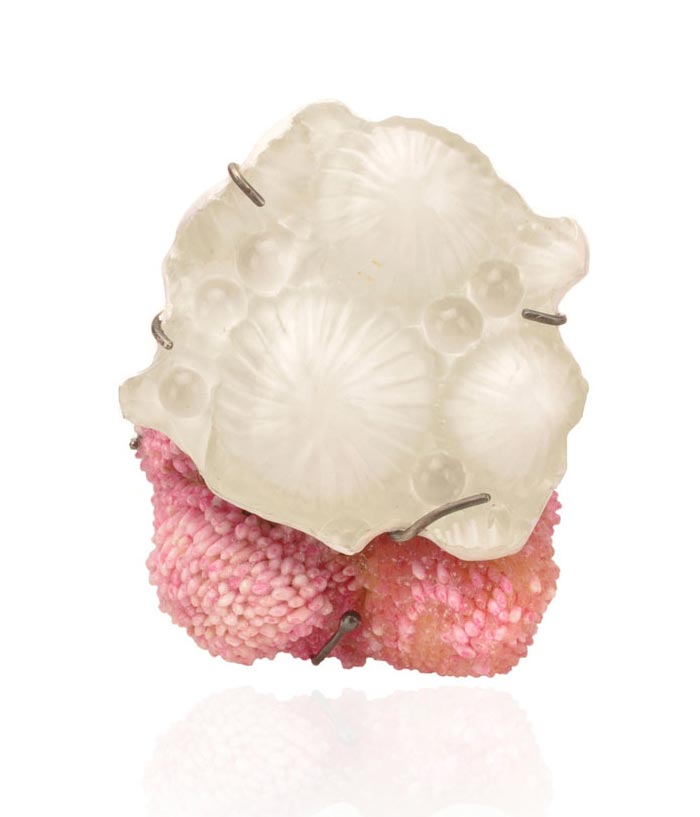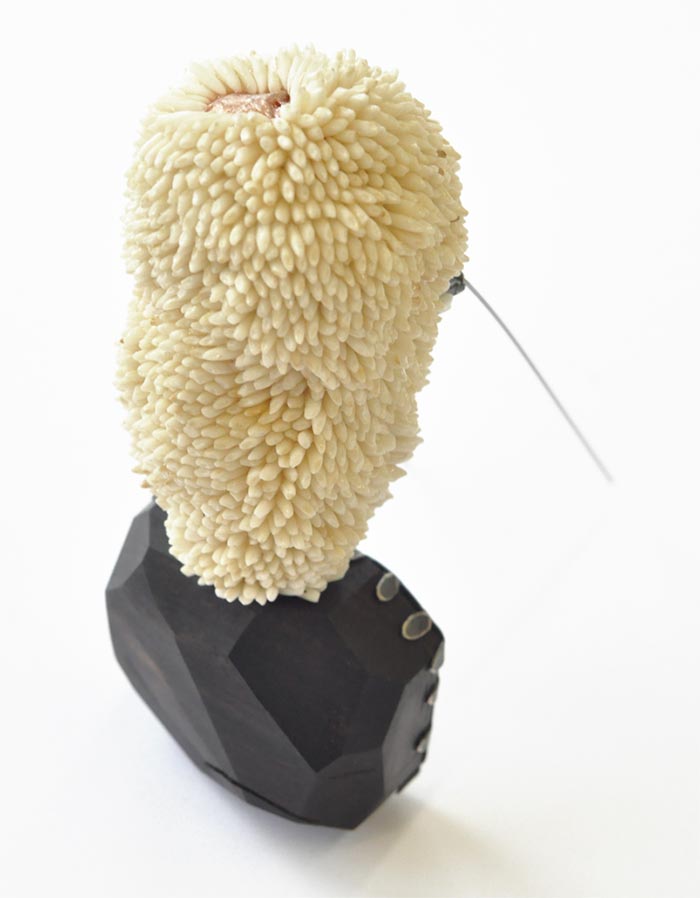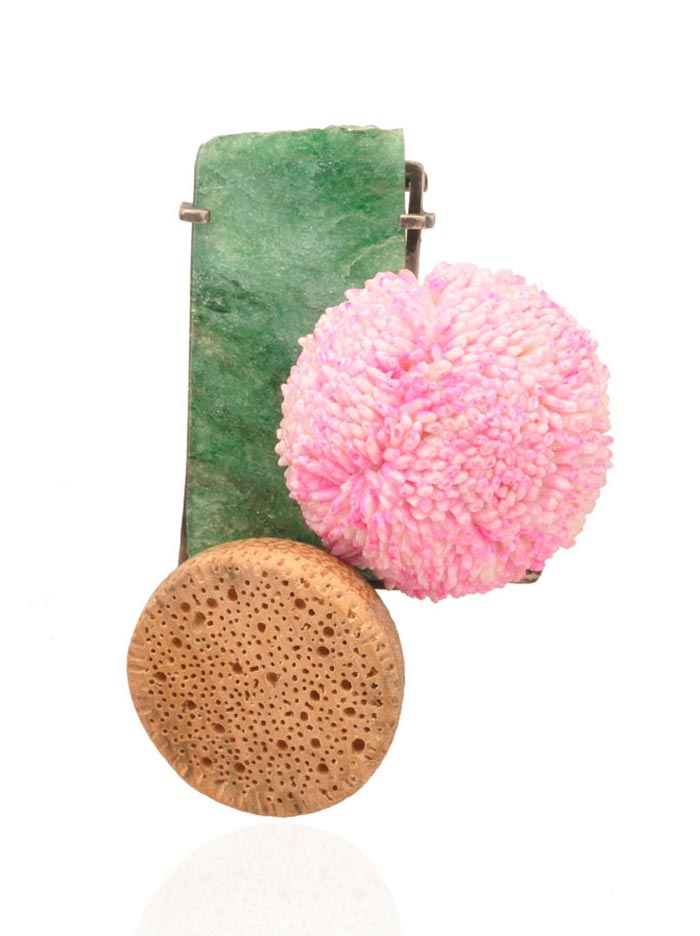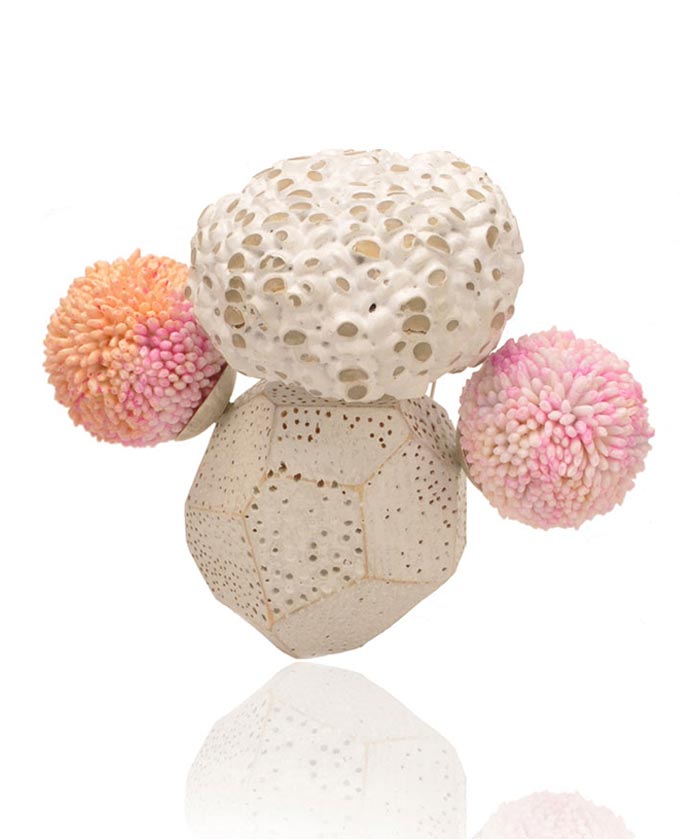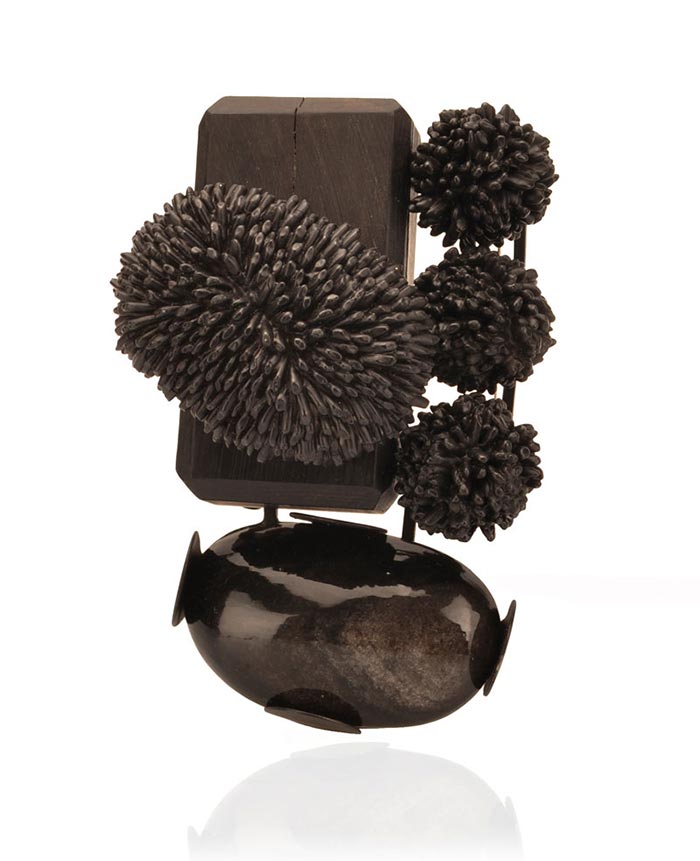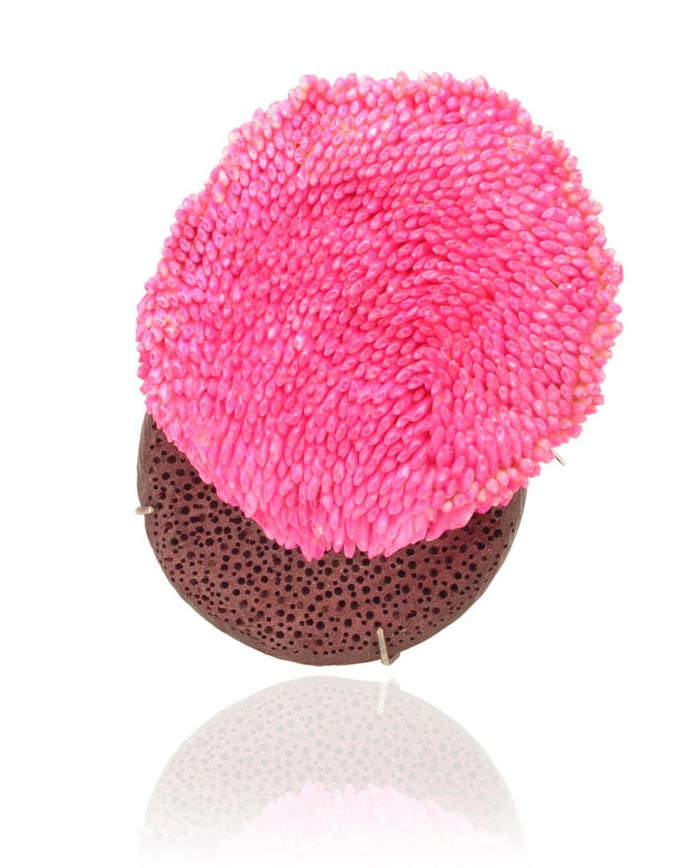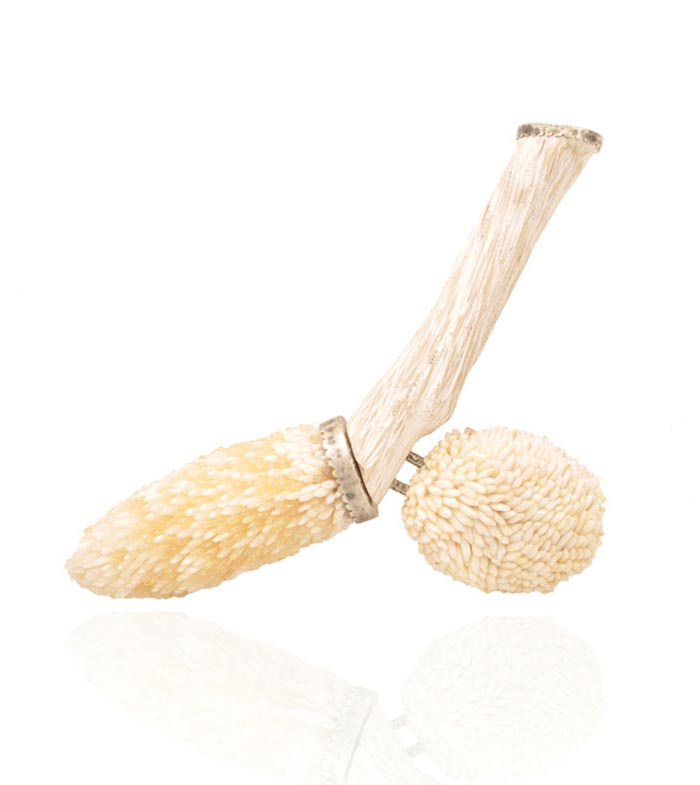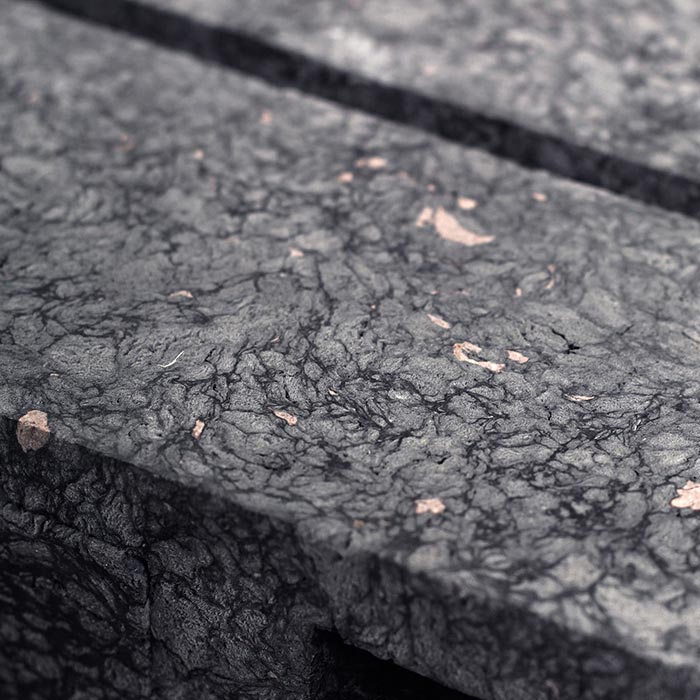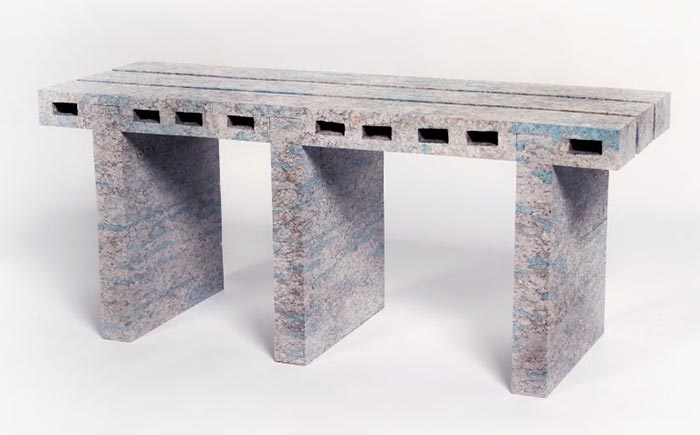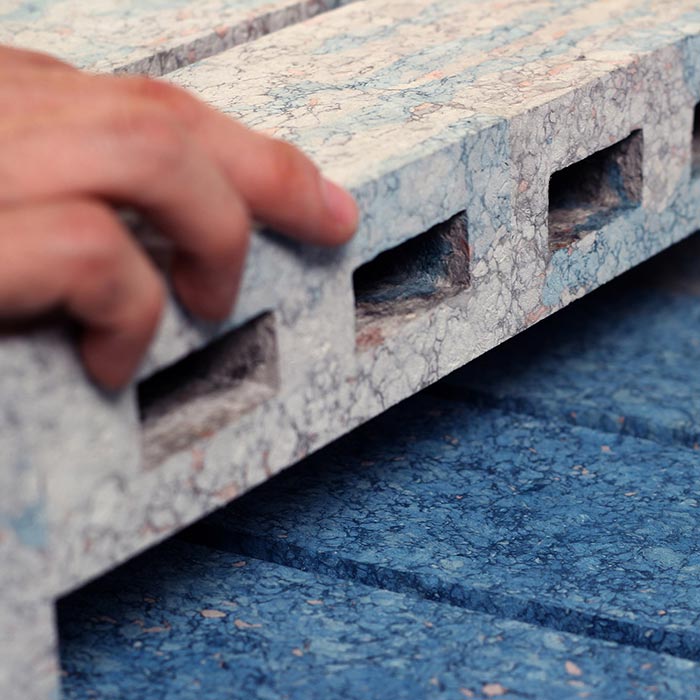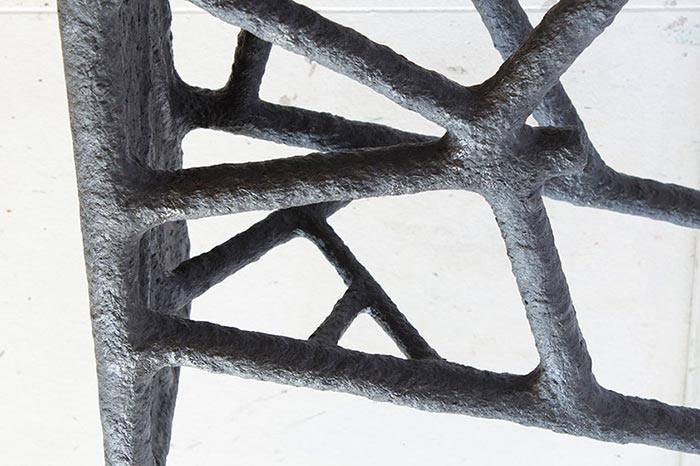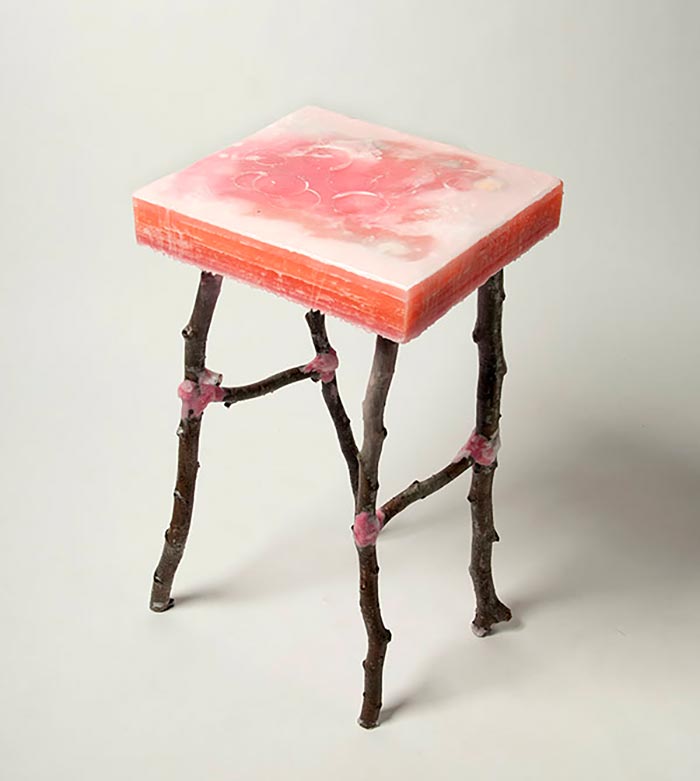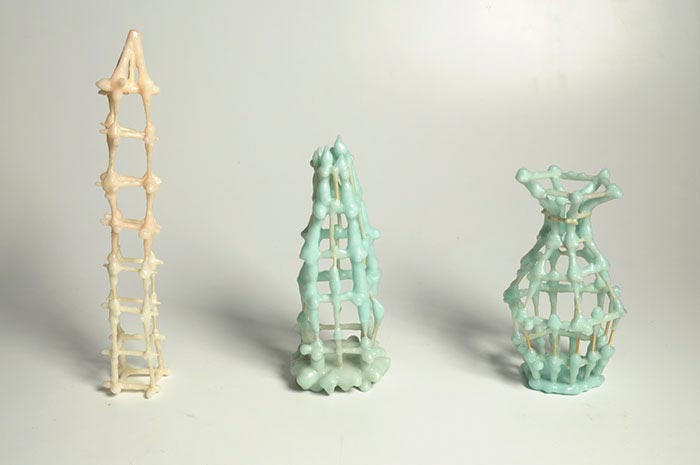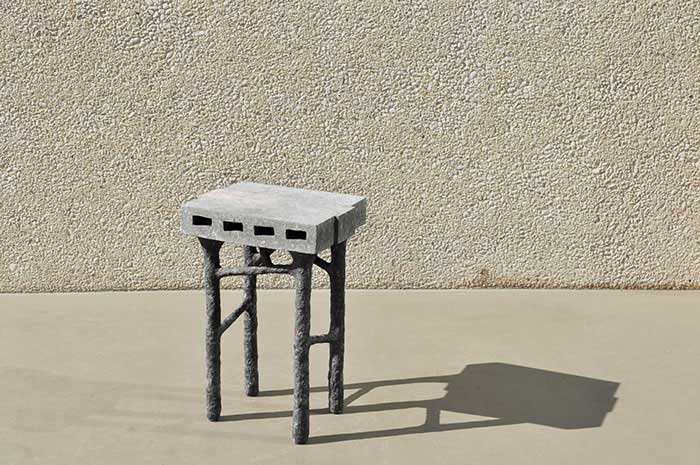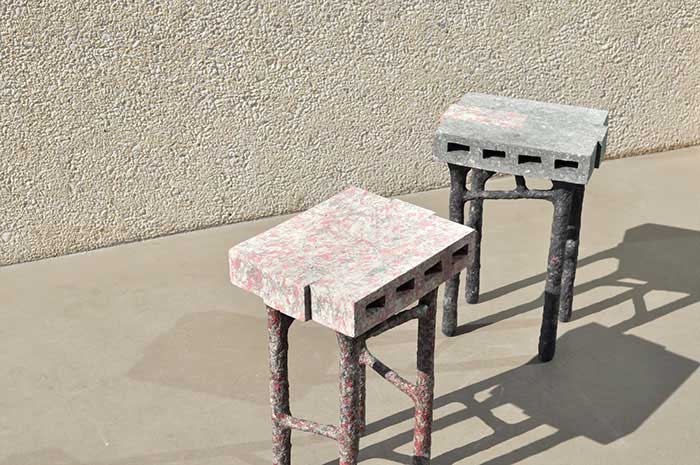
Homunculus, 2018 Glass, Gold Leaf 24k, W10" D12 H12"

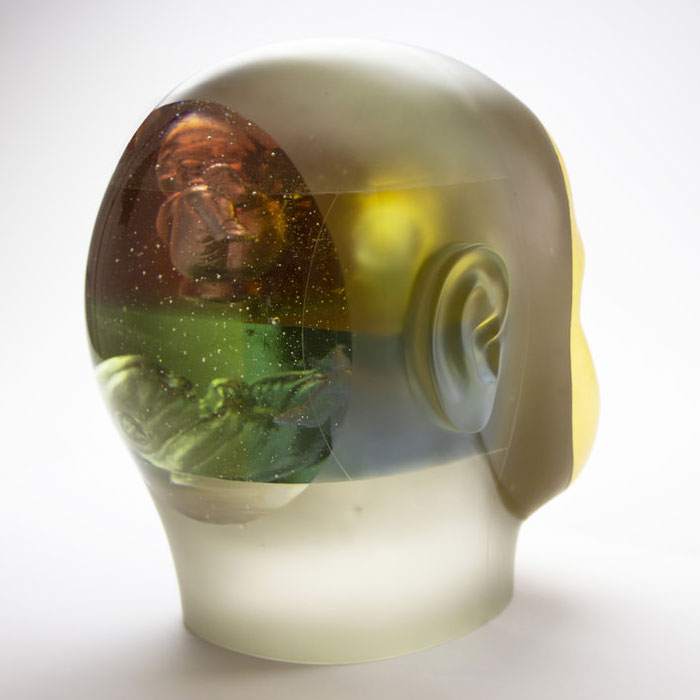
Today, humans have entered into a contemporary society that values a marked individuality, but the parent’s generation, which controls the society, is still conservative. Parents want to get satisfaction from their children by infusing their values. The children meanwhile are in chaos, confused between a rapidly changing society and the conservative values of their parents.
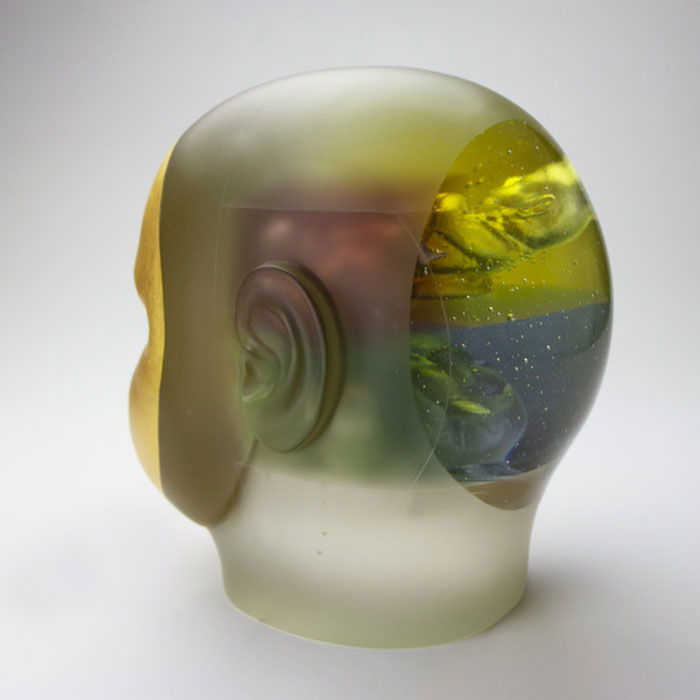
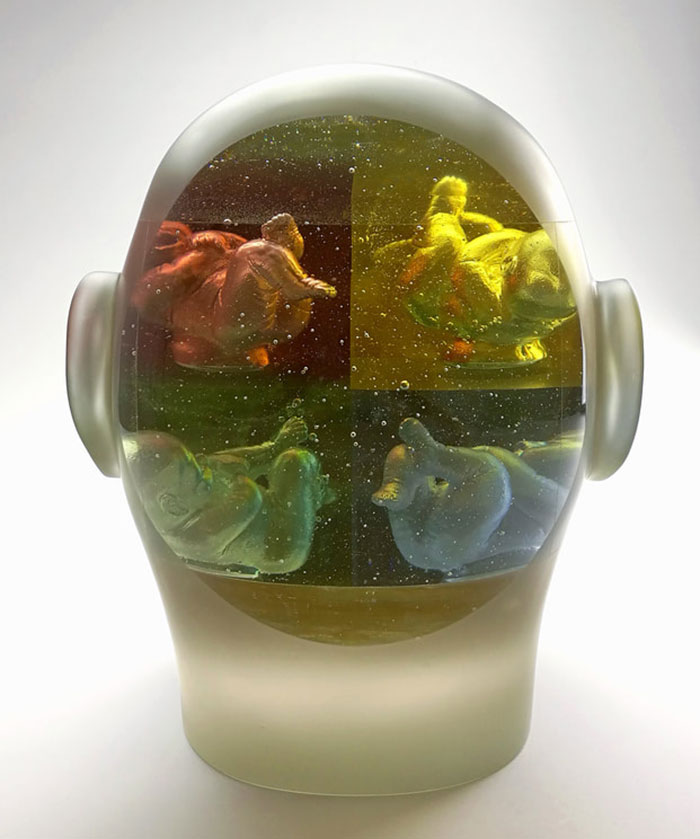
Toys represent the purity and innocence of childhood and it is through this purity and innocence of toys that people have some of their most profound experiences in life.
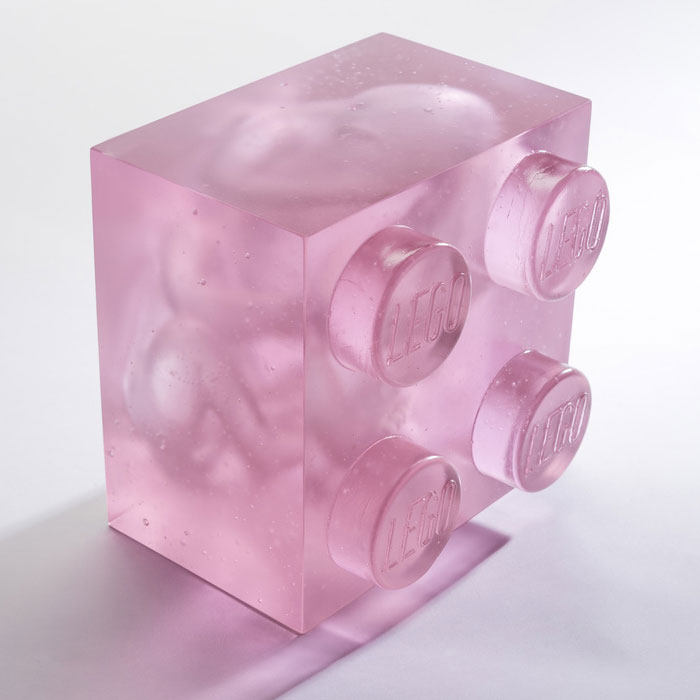
TICKYTACKY /PINK#314 2015 Glass, W9.5" D9.5" H7.5"
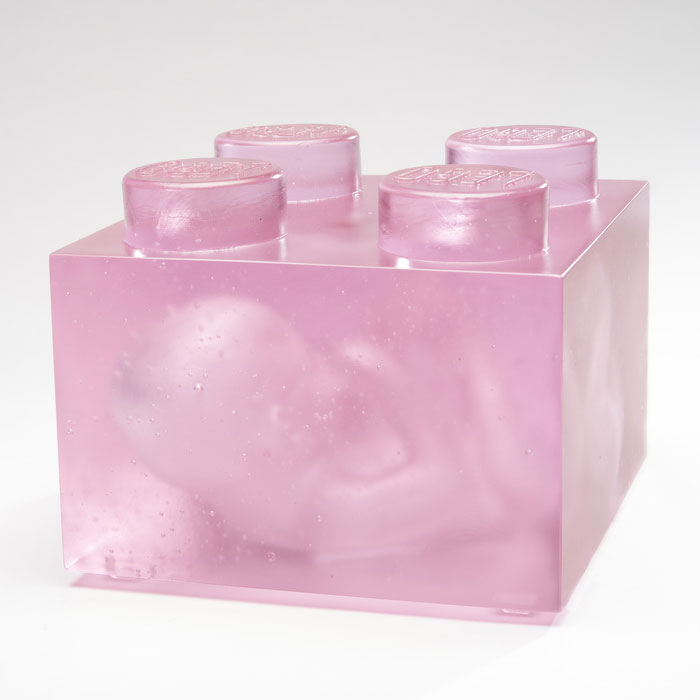
If we use children as an analog for toys, then society can be thought of as a factory that produces inferior toys (children) with only the goal of gaining the highest profits (producing adults that will be good earners). Through my artwork, I want to express that children in Korea today are like mass produced toys. They are meant to be all exactly alike, lacking individuality and quality of character, a whole society of people who are easily replaceable and hold little value as individuals, just like mass produced plastic toys or paper dolls.
Namdoo Kim is a contemporary artist with a focus in Critical-Pop Art. He has a very individual and personal voice within his body of work. Using a sense of sarcasm and pop-style resources, he is revealing political problems of Korea.
He is dealing with critical aspects of contemporary Korean society and its effect on people, particularly the relationship between children and parents. He uses products for children, such as toys and dolls, as vehicles for symbolism in his body of work. Now he is focusing on creating authenticity and depth in his work criticizing the social norms in South Korea and showing the differences and similarities compared to cultures around the world.
Originally from South Korea, Namdoo Kim currently is studying his Ph.D. research at The Australian National University. Kim received a BFA in glass and ceramic at Hong-ik University in Seoul, South Korea, before earning his MFA in glass at Rochester Institute of Technology, NY in 2013. His work has been featured in exhibitions around the world. He also had been selected as an Artist in Residency at Pilchuck Glass School and Corning Museum of Glass.
Namdoo Kim

